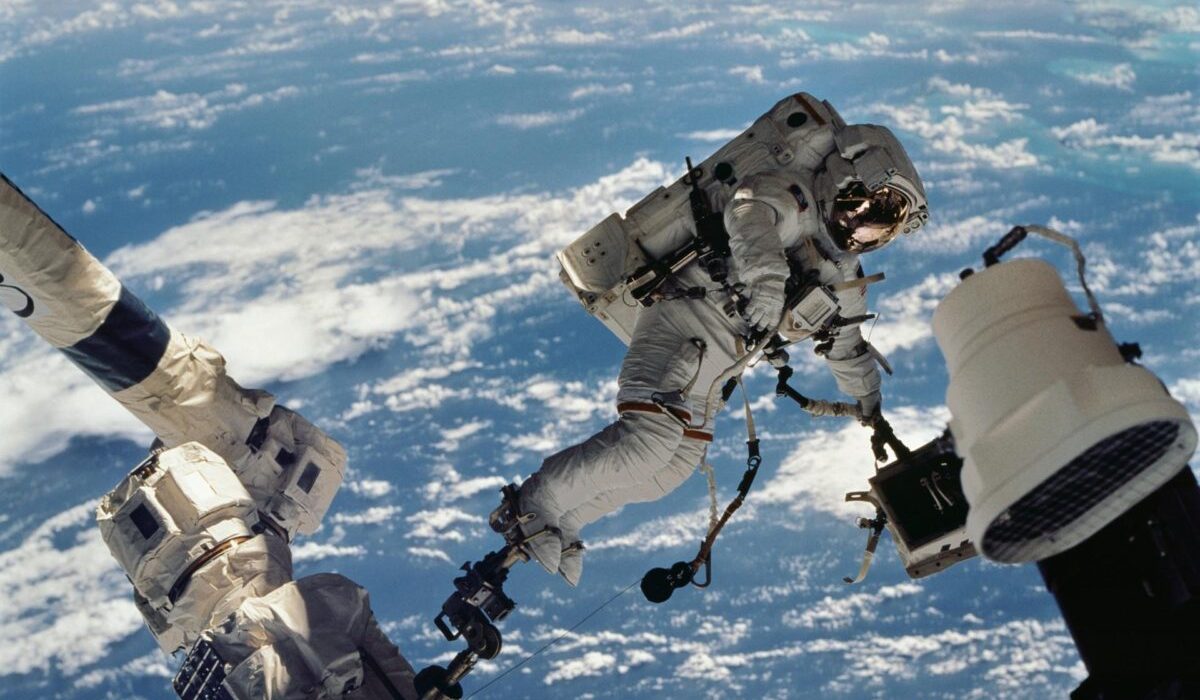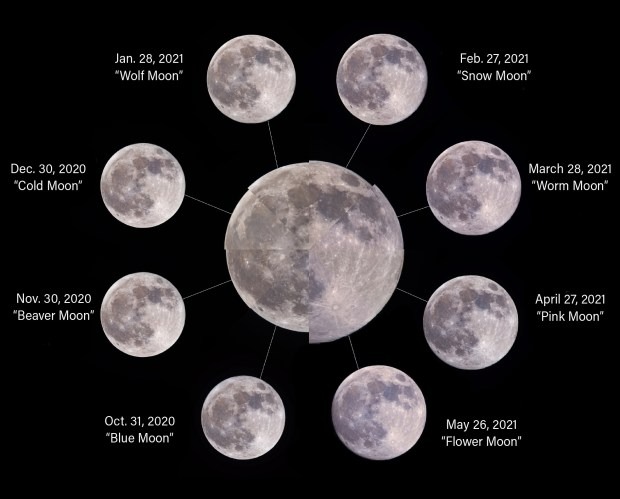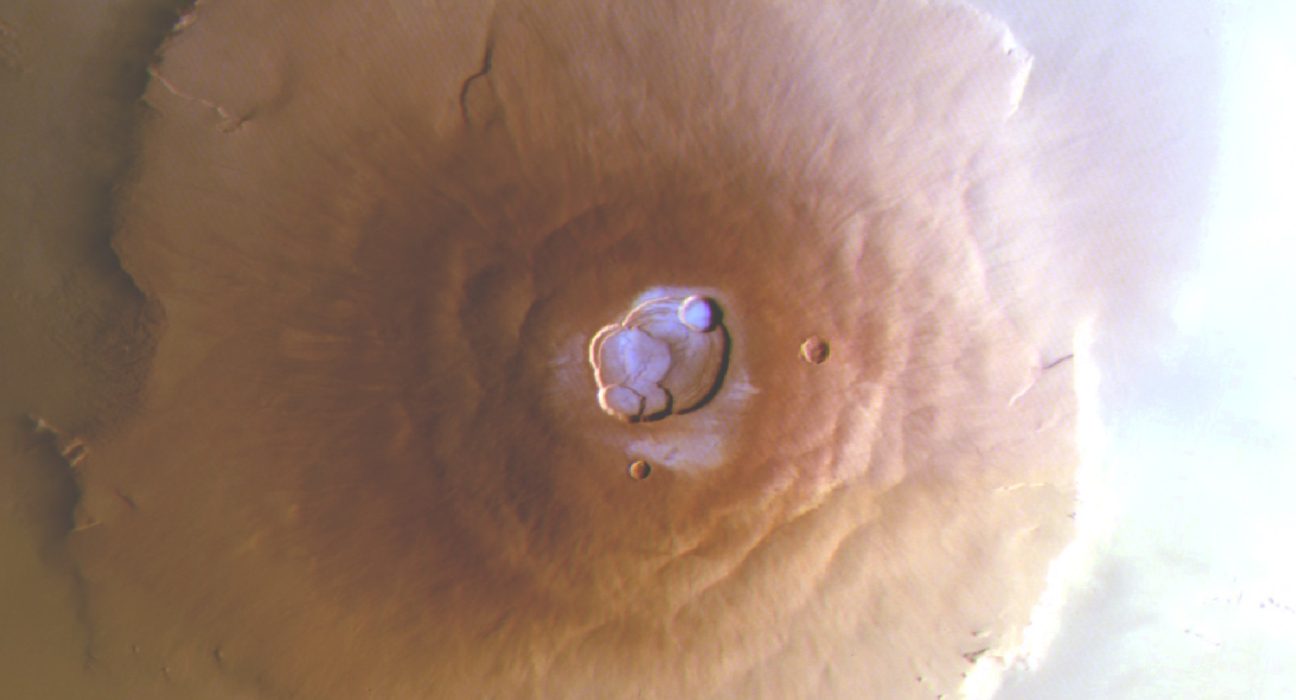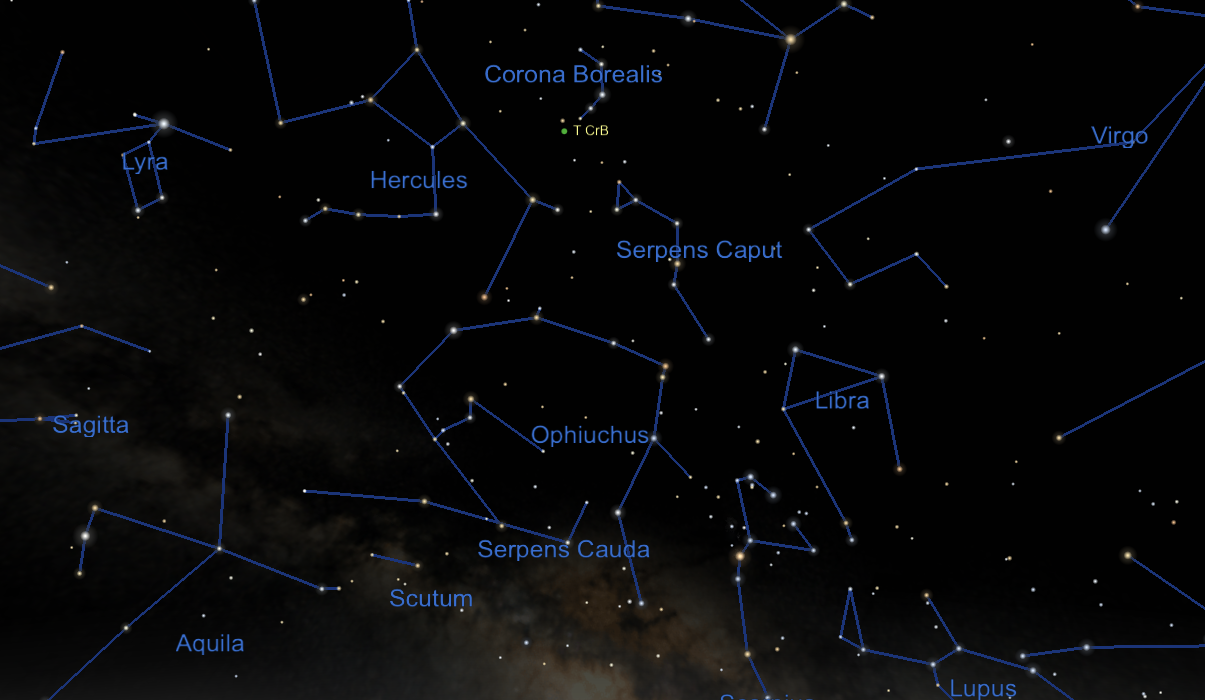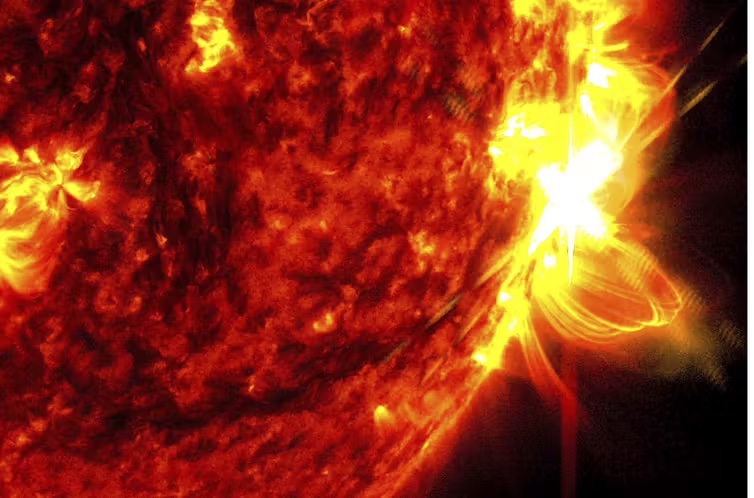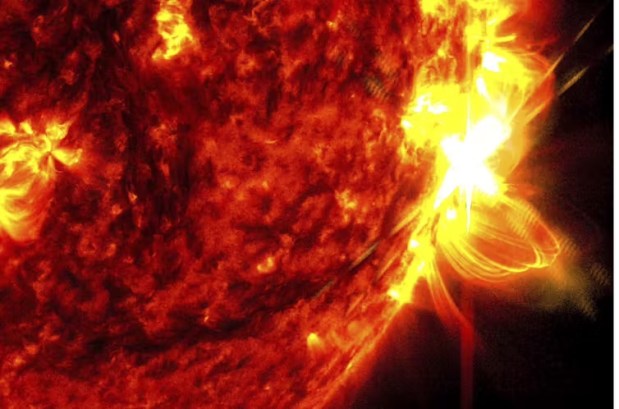Massive black holes may eat small galaxies differently than large ones
Dwarf galaxies like NGC 5264 are thought to host smaller versions of the supermassive black holes found at the centers of all massive galaxies. Credit: ESA/Hubble and NASA It is well known that all massive galaxies like the Milky Way They host supermassive black holes millions to billions of times the mass of the Sun








